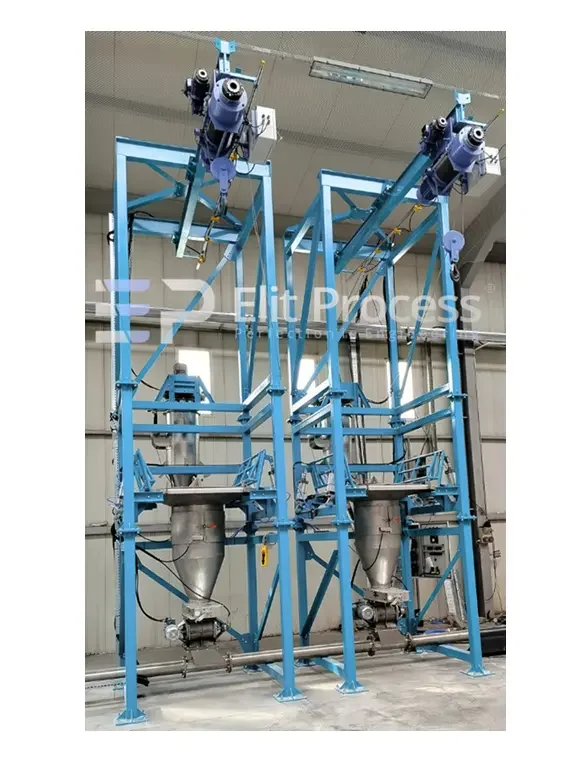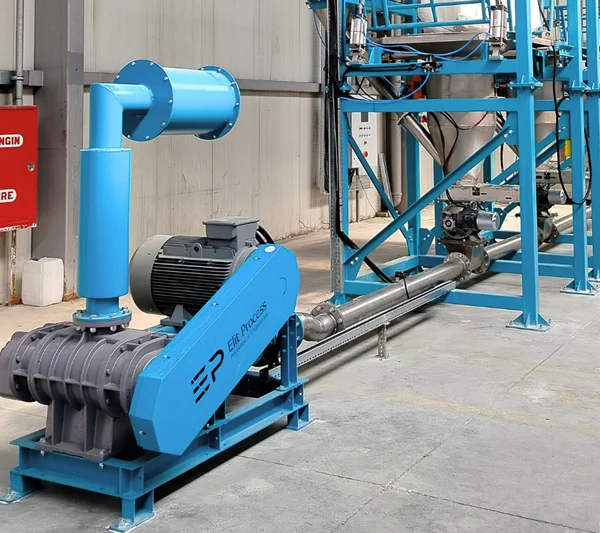Home Page
Butterfly Valve
Butterfly Valve
When the butterfly valve is fully open, the circular disc is parallel to the flow direction and allows the material to flow with minimum resistance. When the valve is closed, the disc is perpendicular to the flow direction and the valve blocks the flow. Sealing is achieved by a gasket on the inside of the frame.
Slim and space saving body design. Long service life with correctly selected rotary valve material and sealing elements. Fast flow cut-off character. Easy to use during material flow. Valve connection flanges according to DIN or ANSI standards. Interchangeable sealing elements. Operation with pneumatic actuator, pneumatic piston, electric actuator, electric motor or hand lever. Position monitoring with limit switch and position indicator.
| Product Information | |
|---|---|
| Butterfly Valve Application Examples: | Pneumatically operated butterfly valves mounted at the outlet of raw material silos provide automatic control of material flow. They ensure that the material is transferred to other systems such as mixers and conveyors under the silo or completely cut off. There are usually devices such as air locks, rotary valves, helices and conveyor belts at the outlet of raw material storage facilities such as silos, bunkers etc. Manually operated butterfly valves are used between the silo/bunker and the systems to disassemble these systems for repair or maintenance purposes. When powdered raw materials are dosed and mixtures are prepared, the transfer of raw materials is controlled by butterfly valves at the inlet and outlet of the mixer. |
| Product Details | |
|---|---|
| Design: | EP Standard or Custom designed. |
| Material: | Steel, AISI 304 Stainless, AISI 316 Stainless, Aluminium or Hardox. |
| Please contact us for more information. |
Please contact us for more information.





